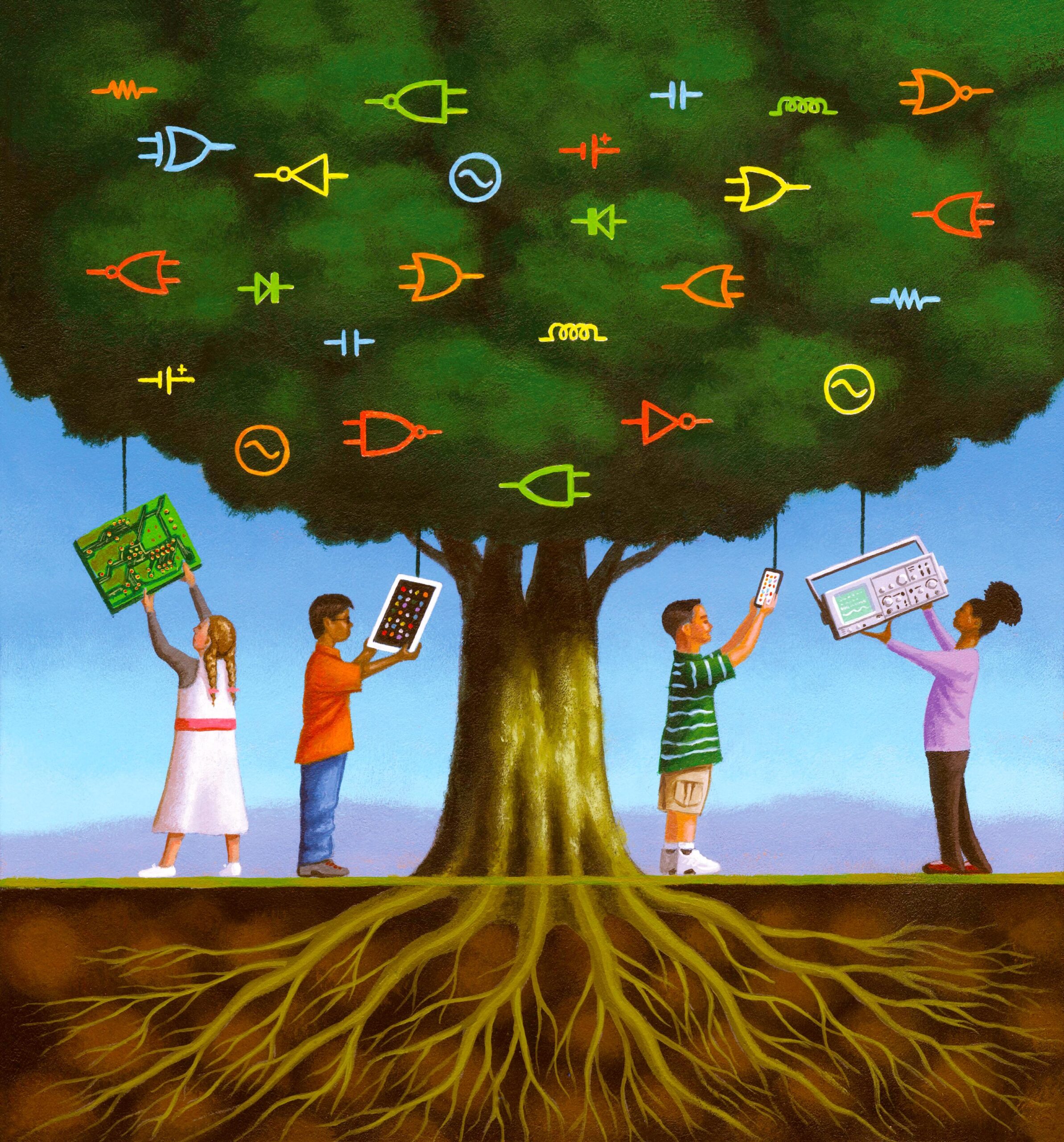Online Learning experiences: Student Perspectives on Virtual Education
Online education has transformed the way students pursue knowledge,offering flexibility,accessibility,and personalized learning opportunities. In recent years, virtual classrooms have become increasingly popular, with both traditional institutions and new platforms embracing digital teaching methods.Understanding what students genuinely think about their online learning experiences is essential for educators, parents, and learners striving to optimize educational outcomes. In this article, we delve into student perspectives on virtual education, exploring its benefits, challenges, and practical tips for success.
Introduction to Online Learning
Virtual education—sometimes referred to as e-learning, remote learning, or distance education—leverages technology to deliver academic content through internet-enabled platforms. It encompasses everything from live webinars and interactive modules to recorded lectures and collaborative assignments. With the global shift towards online learning following the pandemic, students have encountered new methods of accessing knowledge and engaging with instructors and peers.
- Accessible anytime, anywhere
- Wide range of learning resources
- enhanced interactivity through discussion forums and multimedia
Benefits of Online Learning: Student Insights
Students have reported numerous advantages to participating in online education. Here are some significant benefits, as reflected by real-life student experiences:
1. Flexibility and Convenience
One of the primary attractions of online learning is its flexibility. Students can:
- Set their own study schedules
- Balance coursework with jobs, internships, and family commitments
- Access lectures and assignments at any time
As Emily, a university sophomore, shares, “Online courses allow me to work part-time while still taking a full course load. I appreciate being able to learn at my own pace and never miss a class due to travel or scheduling conflicts.”
2. enhanced Learning Resources
Virtual classrooms offer a diverse range of media to aid understanding:
- Video lectures and podcasts for auditory learners
- interactive quizzes and polls for active engagement
- Downloadable materials—notes, slides, and eBooks
Students often remark on the value of having instant access to resources and the ability to revisit complex topics until mastered.
3. Personalized Learning Paths
Online platforms frequently utilize adaptive learning technologies to tailor content to individual students’ strengths and weaknesses. This personalized approach supports learners in mastering concepts before moving on.
Challenges of Virtual education: Student Perspectives
While the advantages are compelling, students also encounter several obstacles in their online education journeys:
1. Social Isolation and Reduced Engagement
- Lack of face-to-face interaction with instructors and peers
- Difficulty building study groups or participating in extracurricular activities
- Feeling disconnected from school culture
Thomas, a high school student, notes, “It’s harder to make friends or feel motivated when you’re just a name on a screen. I miss the spontaneous discussions that happen in physical classrooms.”
2. Technical Challenges
- Connectivity issues disrupting classes
- Lack of suitable devices for studying
- Software glitches and steep learning curves with new platforms
3. Self-Discipline and Time Management
Online learning places greater responsibility on students for managing their time and staying organized. Procrastination and distractions at home can undermine academic achievement.
Case Studies: Real-Life Student Experiences
To better understand how students navigate online learning, let’s explore a few case studies:
Case Study 1: maria, Adult Learner
Maria returned to college to complete her degree while working full-time.She credits online education with enabling her to study late at night and access recorded lectures that fit her busy schedule. Though, she found group projects challenging and missed personal feedback from instructors.“Self-paced modules helped me excel, but I had to develop strong self-motivation to avoid falling behind,” she says.
case Study 2: Liam, STEM Student
Liam, an engineering major, thrived in online classes that offered interactive simulations and forums to discuss assignments. However, hands-on labs were replaced with virtual demonstrations—something Liam found less immersive. He appreciated the ability to repeat lessons until fully understood but missed collaborative learning in physical labs.
Case study 3: Priya, International Student
Online learning provided Priya with access to world-class education without the expense of relocating. She enjoyed connecting with students around the globe but sometimes struggled with time zone differences and cultural barriers in online discussions.
Online Learning Tips for Students: Maximizing Success
Based on student testimonials and expert advice, here are actionable tips for making the most of your virtual education experience:
- Establish a dedicated study space: Minimize distractions by setting up a quiet area for coursework.
- Create a routine: Schedule online classes, assignments, and breaks just as you would during face-to-face learning.
- Engage actively: participate in discussions, ask questions, and join study groups.
- Use digital tools: Utilize calendar apps, note-taking software, and collaborative platforms to stay organized.
- Seek support: Connect with instructors and advisors regularly to address challenges early.
Expert Opinions: The Future of Virtual Education
Educational experts anticipate that online learning will continue to evolve, integrating artificial intelligence, virtual reality, and enhanced collaborative tools. These advancements promise to bridge the gap between digital and physical classrooms, providing richer and more interactive learning environments for students. Hybrid models—combining online and face-to-face education—are also gaining traction as a way to deliver the best of both worlds.
Conclusion
Student perspectives on online learning paint a nuanced picture of virtual education. While flexibility, access, and personalized learning pathways foster academic growth, challenges such as social isolation, technical issues, and self-discipline demand proactive solutions.By leveraging the benefits and embracing practical strategies for online success, learners can maximize their educational outcomes in an increasingly digital world.
As virtual education matures, ongoing feedback from students will remain crucial in shaping engaging, effective online learning experiences.Whether you’re begining your e-learning journey or looking to refine your approach, understanding the student viewpoint is key to thriving in today’s dynamic educational landscape.
Share your thoughts! What has been your most memorable online learning experience? Join the conversation in the comments below and help create better virtual education for everyone.

